
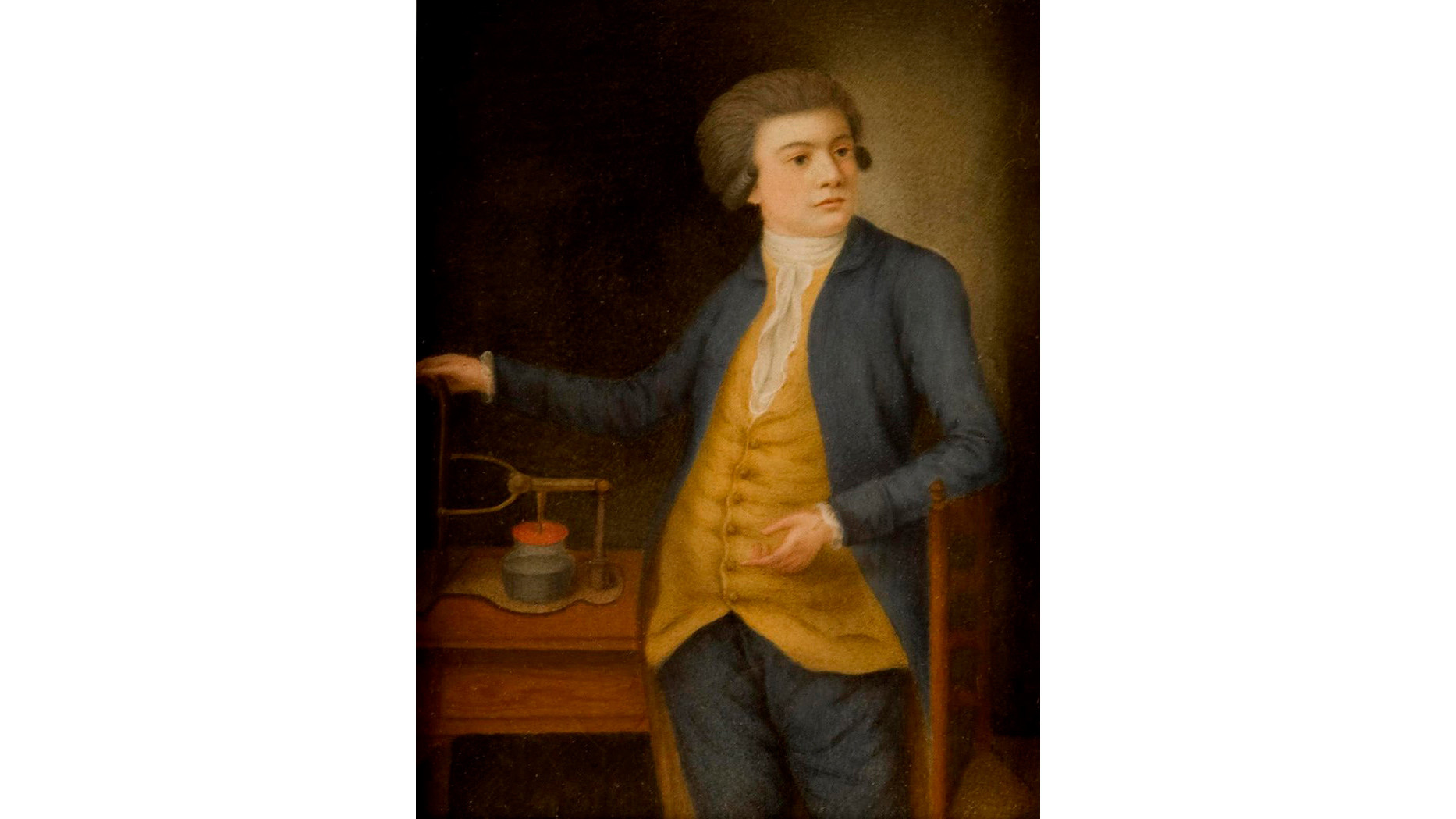
Vasilyi Petrov
Public domainWhen Russian welding first appeared, there was
The first experiments that led to the discovery of welding (a process that joins metals by using high heat to melt parts together) were conducted in the early 19th century, simultaneously and independently, by Russian engineer Vasiliy Petrov, and English engineer Humphry Davy. They both discovered the electric arc, but while Davy’s first arc was short-pulsed and lower in temperature, Petrov’s one could hold longer and produce temperatures sufficient enough to melt metals
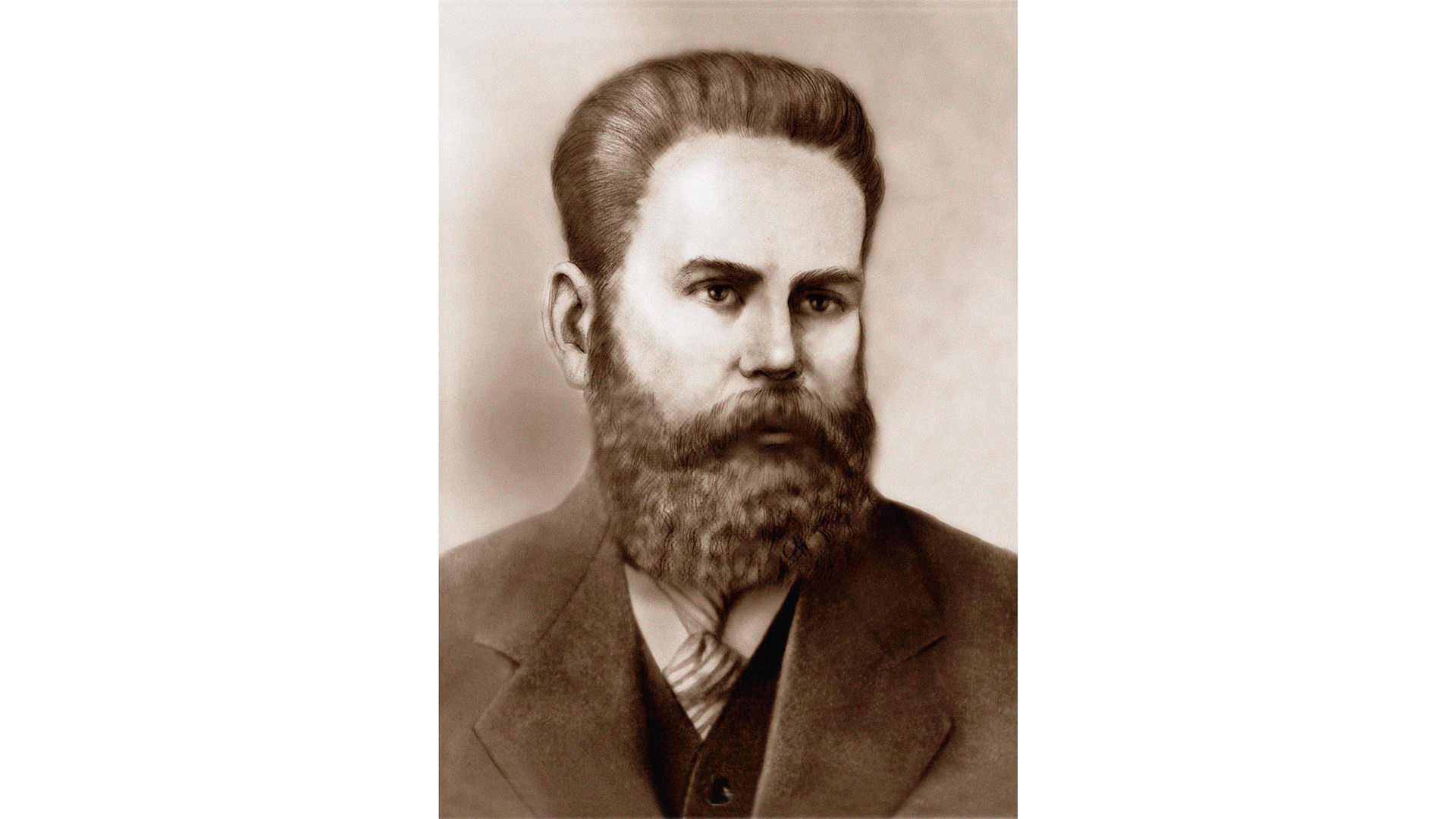
Nikolay Benardos
Getty Images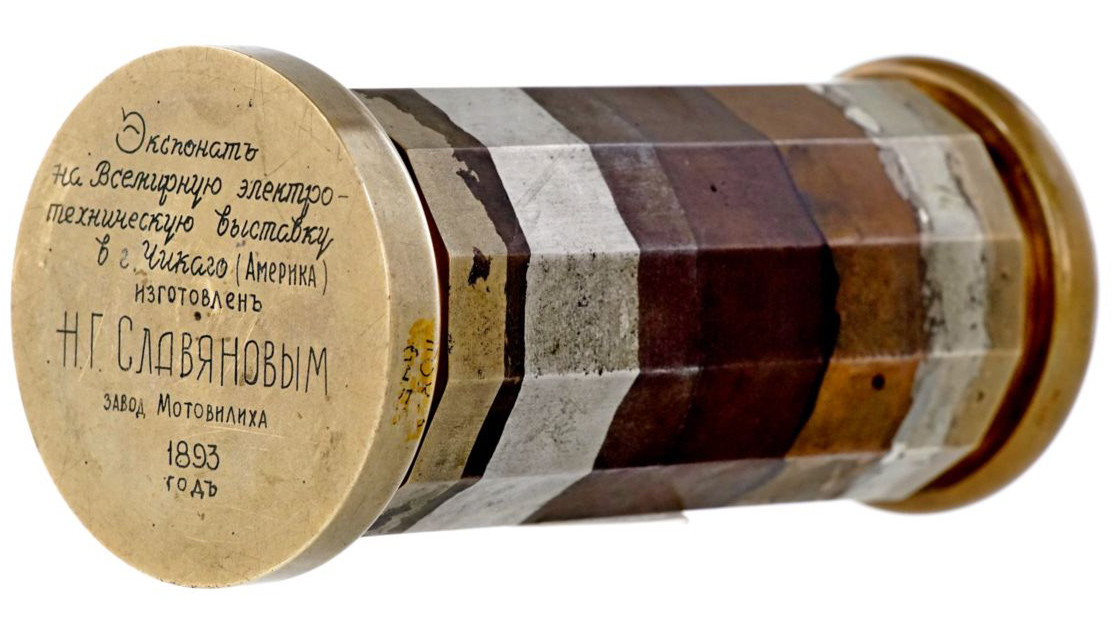
Slavyanov's "glass"
Perm Local History Museum
Powdered milk
Getty ImagesIn 1792, Ivan Erich, an interpreter from Mongolia, first wrote that in Dauria (Transbaikal region) the local Mongols froze milk in winter on plates, and then dried this ice in the sun, evaporating the water part, which resulted in “milk powder.” Soon, a doctor working in the same area introduced this means of milk storage to the wider public.
Osip Krichevsky, the original inventor of powdered milk, worked as a doctor in the Nerchinsk silver smelting plant (Transbaikal region, over 5000 km from Moscow). He noted that the Yakut people, many of whom worked in the plant, were drying milk the same way. Krichevsky suggested powdered milk could be useful “in naval voyages, where fresh and nutritious food is necessary.” He also noted that “Europeans don’t yet know this Siberian product.”
Krichevsky used the technology to store milk in Nerchinsk, where he died in 1832. Production of powdered milk also first started in St. Petersburg in 1832. However, the first patent for this technology was acquired by an Englishman, T.S. Grimwade, in 1855.
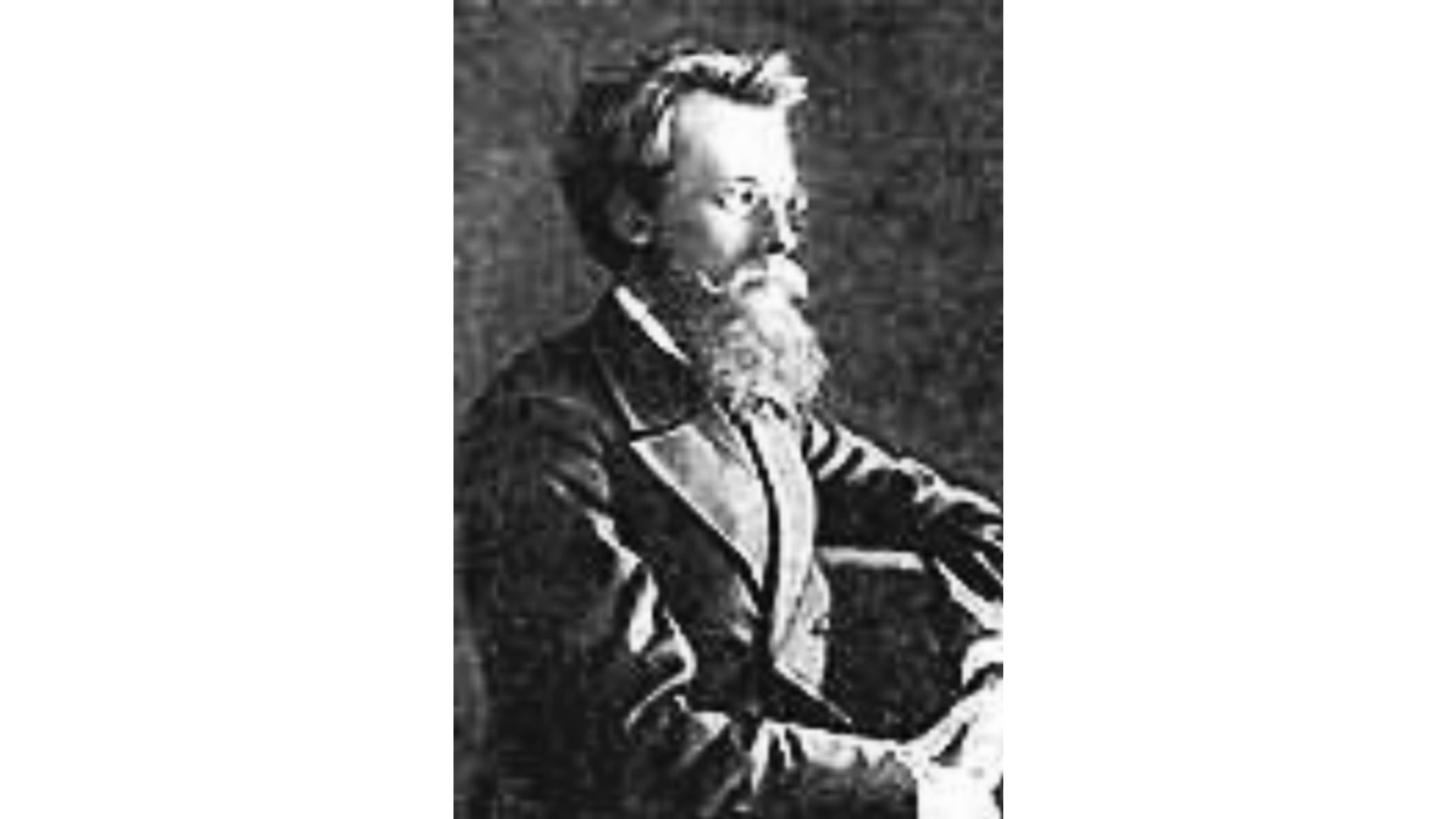
Alexander Loran
Public domainPutting out a fire with water is not as effective as it seems. And so, a Russian, however, decided to foam it all up.
Alexander Loran, a Russian engineer of French descent, was looking for a way to create an effective fire extinguisher because he had seen a lot of fires. In the early 20th century, Loran, an engineer who studied chemistry in St. Petersburg and Paris, worked as a teacher in Baku, the largest city of Russian-controlled Azerbaijan, which at the time was the center of the empire’s oil industry. Runaway oil fires were a major problem, and they couldn’t be extinguished with water or powder extinguishers

"Eureka" fire extinguisher's label
mchs.gov.ru
Vladimir Shukhov
Public domainIt’s interesting how a technology devised in the 19th century found its full application in the 21st – Russian architect and engineer Vladimir Shukhov was a genius who was years ahead of his time
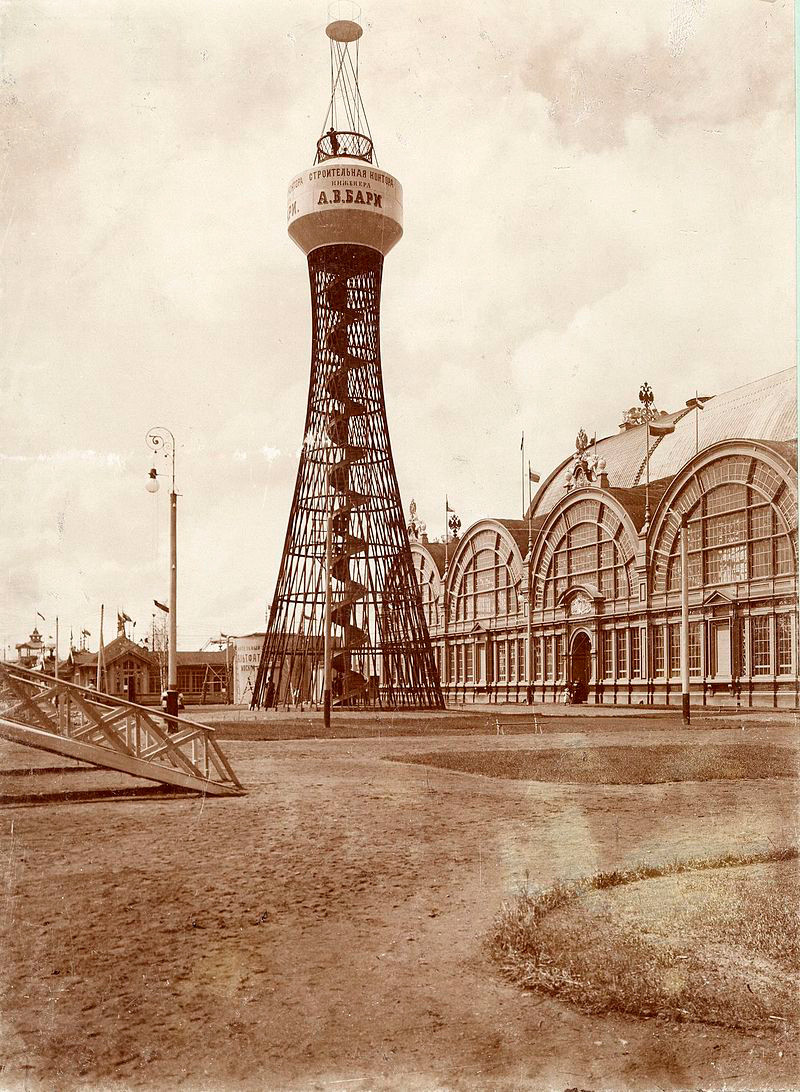
Shukhov's tower in Nizhny Novgorod, Russia, 1896
M. P. Dmitriev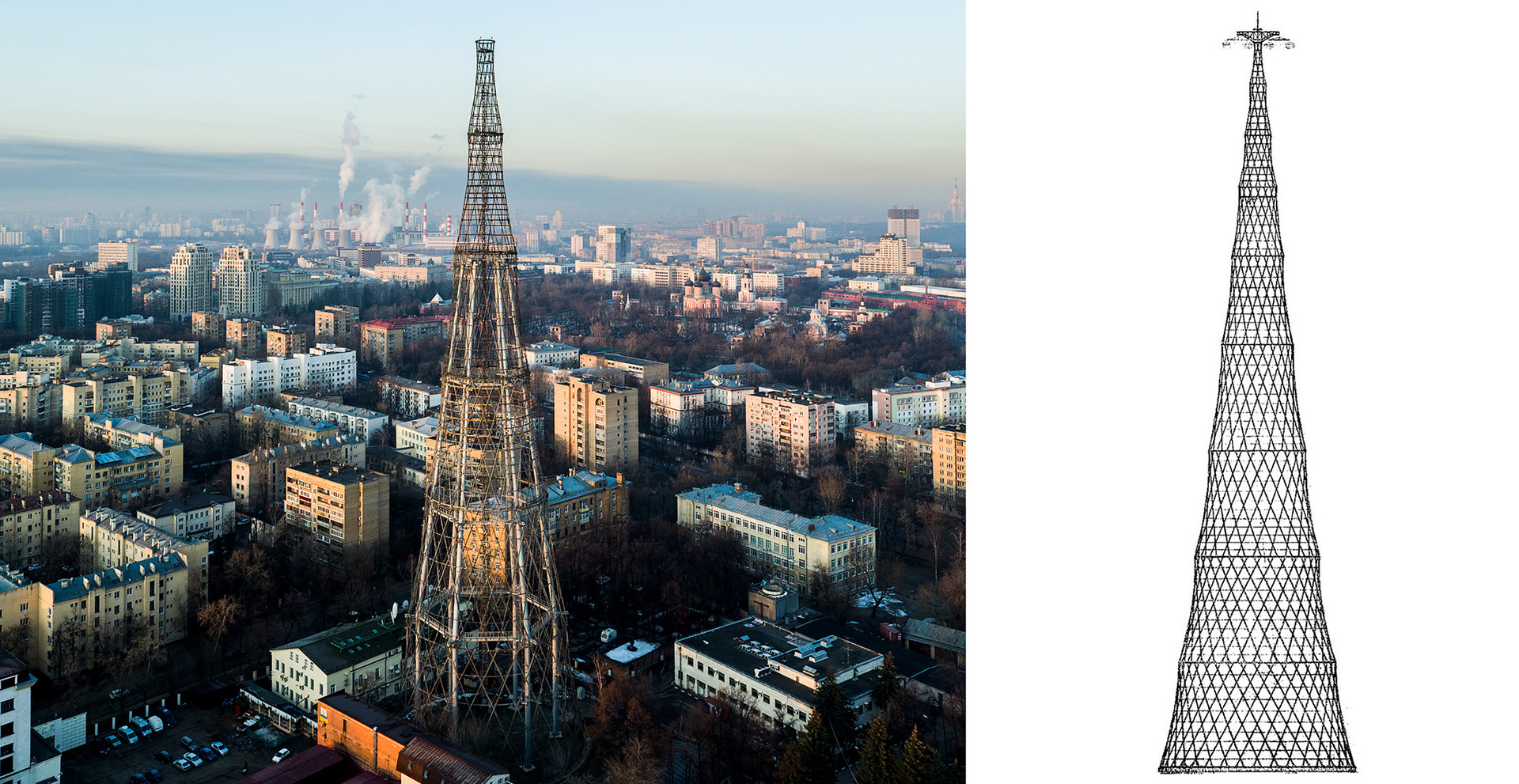
The Shukhov radio tower in Moscow
Anton Denisov/Sputnik
The gridshell 'geodesic dome', designed by Richard Buckminster Fuller, at Montreal Biosphere museum
Getty ImagesIt was not so popular during the 20th century, however, because its construction demands scrupulously precise calculations, which are much easier to complete on a computer. Even though he didn’t have such computational technology at his fingertips, Shukhov himself, however, managed to do it – he created the first gridshell towers and industrial pavilions for the All-Russia Industrial and Art Exhibition of 1896 in Nizhny Novgorod.
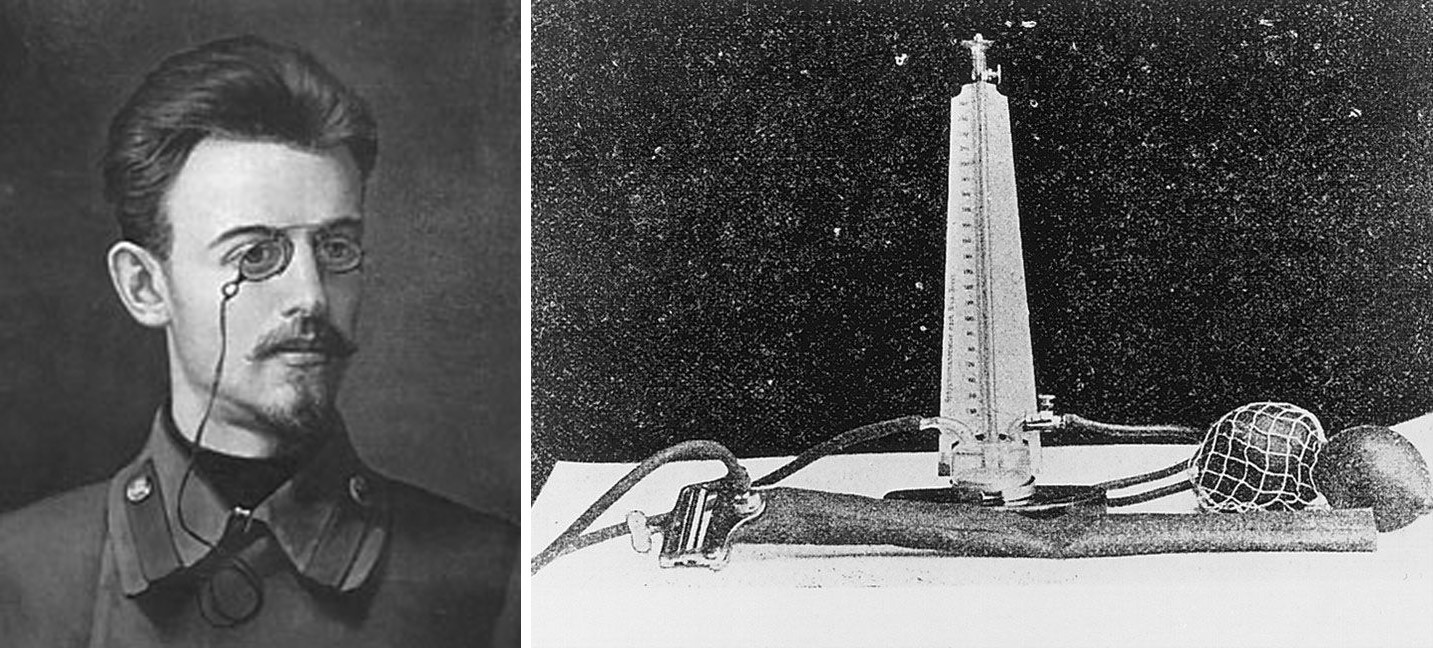
Nikolay Korotkov (L) and the Riva-Rocci sphygmomanometer used by Korotkov in his measurements
Public domainThis common medical method is one of the oldest in practice, and it’s used even today because of its accuracy.
Blood pressure is one of the most important measurements that can be made on the human body, and it helps to diagnose various diseases and conditions. While measuring blood pressure, doctors usually use two figures: systolic pressure (maximum during one heartbeat), and diastolic pressure (minimum between two heartbeats).
There had been many low-accuracy methods of blood pressure measurement before Italian pathologist Scipione Riva-Rocci invented an inflatable cuff that encircled the arm and was attached to a mercury sphygmomanometer. The cuff was placed on the arm, inflated, and then the doctor held his fingers on the patient’s pulse. When no pulse was detected, that meant that the cuff completely blocked the blood flow and the internal cuff pressure was identical to systolic pressure. However, this method didn’t allow to detect diastolic pressure.
Nikolay Korotkov was a Russian doctor who first worked as a field medic and then switched to vascular surgery. In 1904, he measured a patient’s blood pressure using the Riva-Rocci cuff and accidentally used his stethoscope on the patient’s brachial artery, when he heard thumping sounds that later were named after him. The artery, in this case, is similar to a pipe with fluid that is being pinched shut by the cuff. When the pressure in the cuff is above systolic, no sounds are heard. As soon as they are equal, some blood is able to pass below the cuff, and thumping sounds appear. When they end, that means the blood flows freely. So the moment when the sounds end denotes the diastolic pressure.
Korotkov described this method in 1905 in a report that took half a page. In 1935, the World Health Organization approved this method as the only official non-invasive blood detection method, and it is standard to this day.
If using any of Russia Beyond's content, partly or in full, always provide an active hyperlink to the original material.
Subscribe
to our newsletter!
Get the week's best stories straight to your inbox